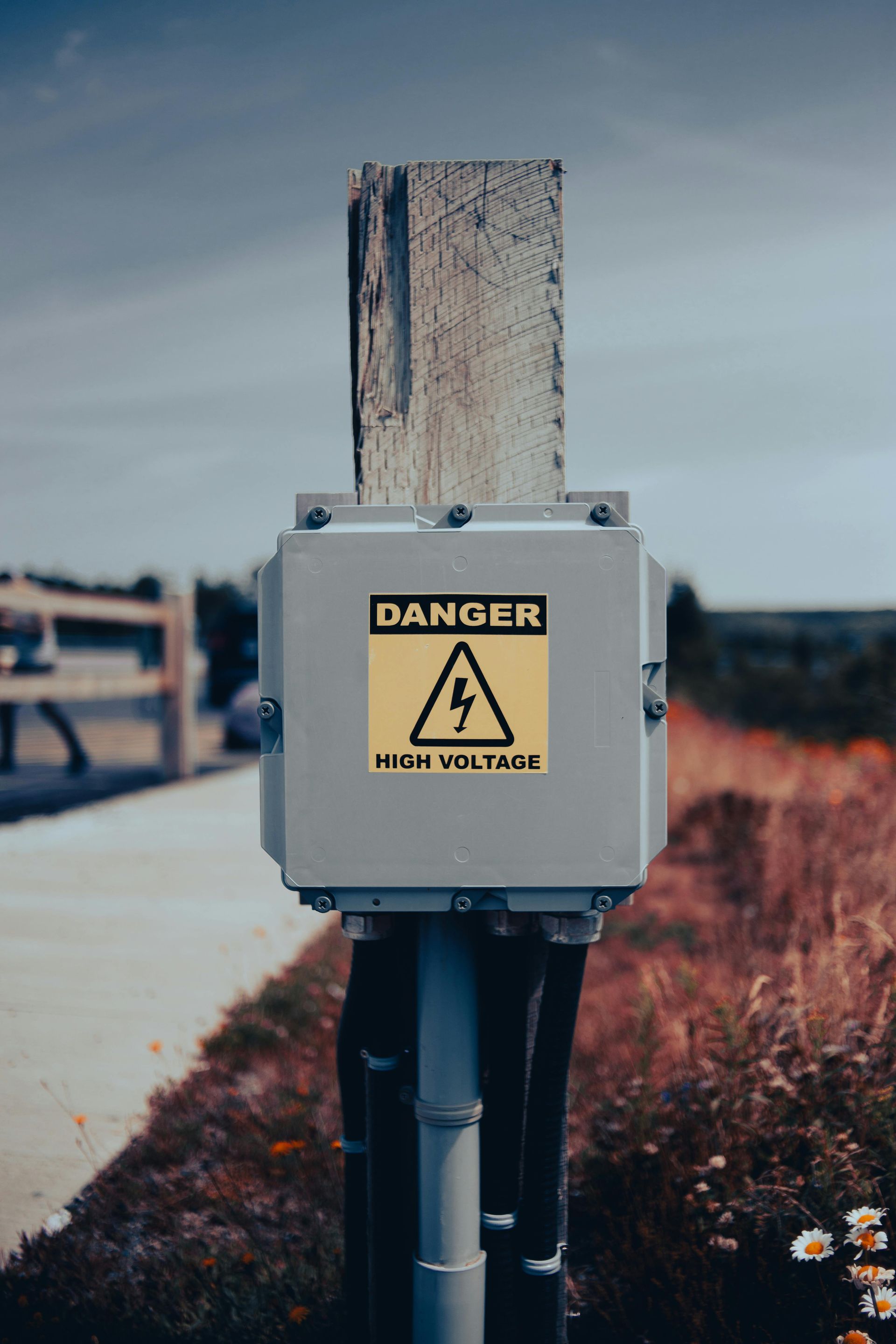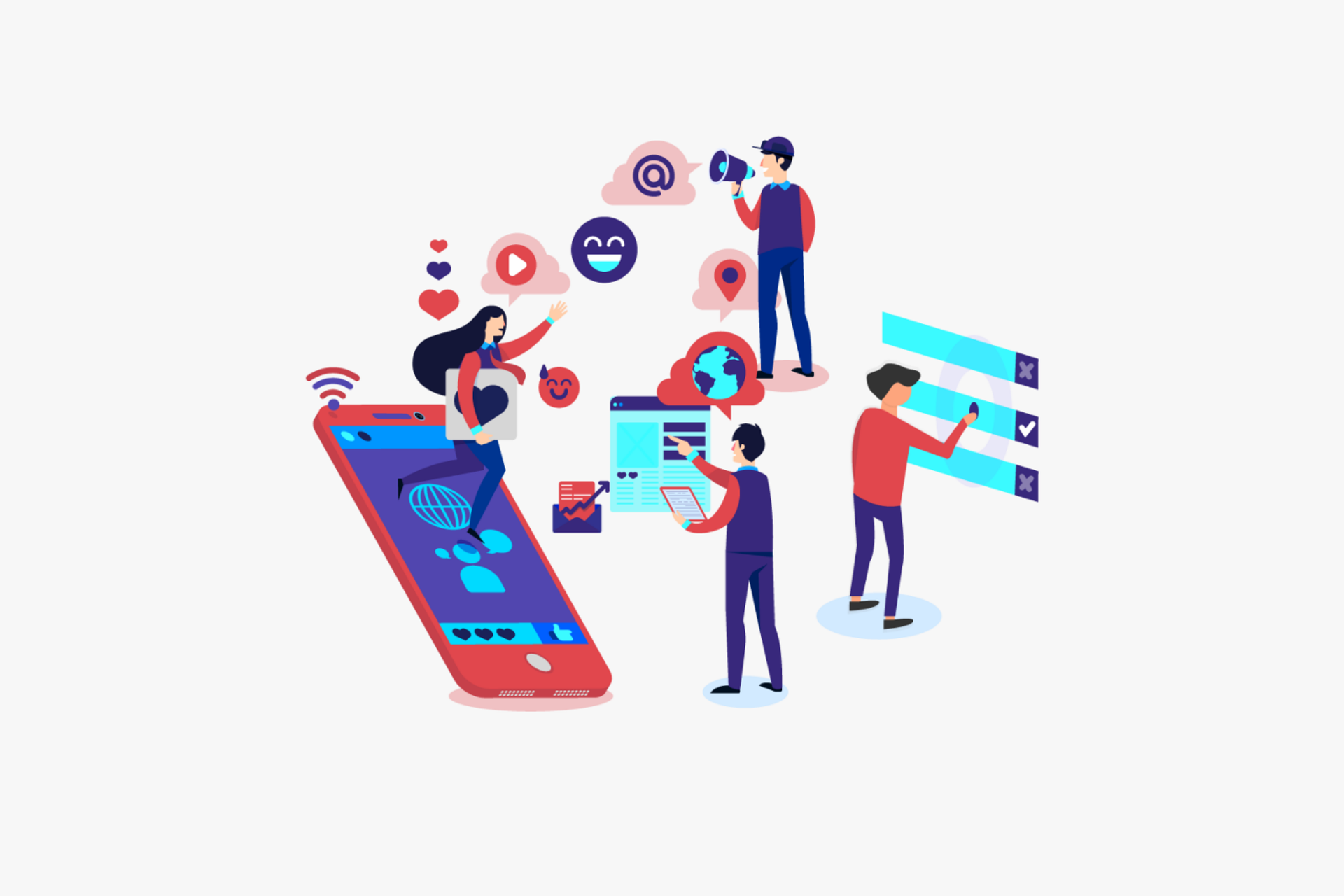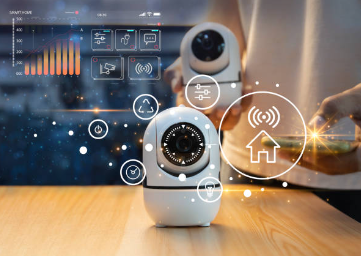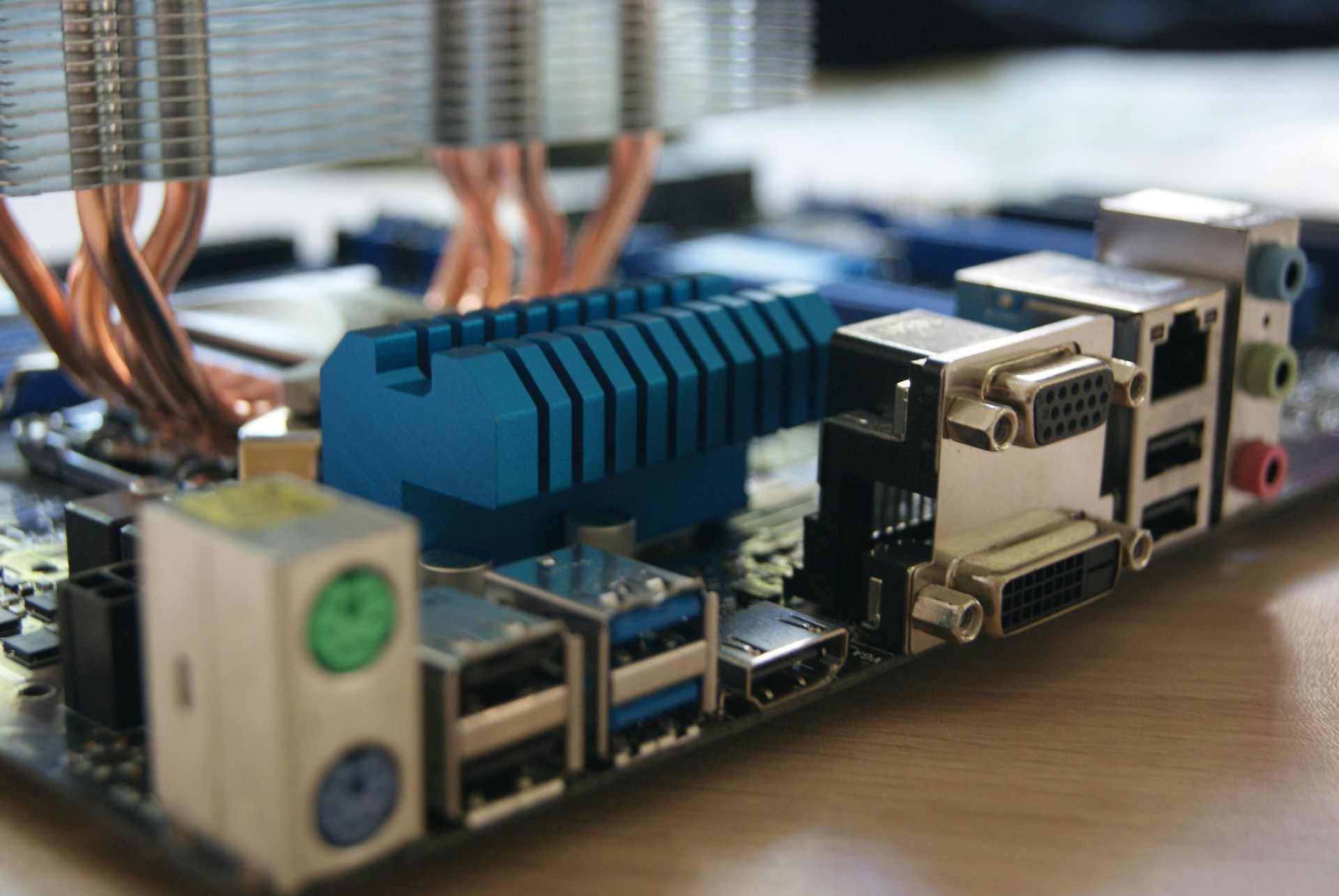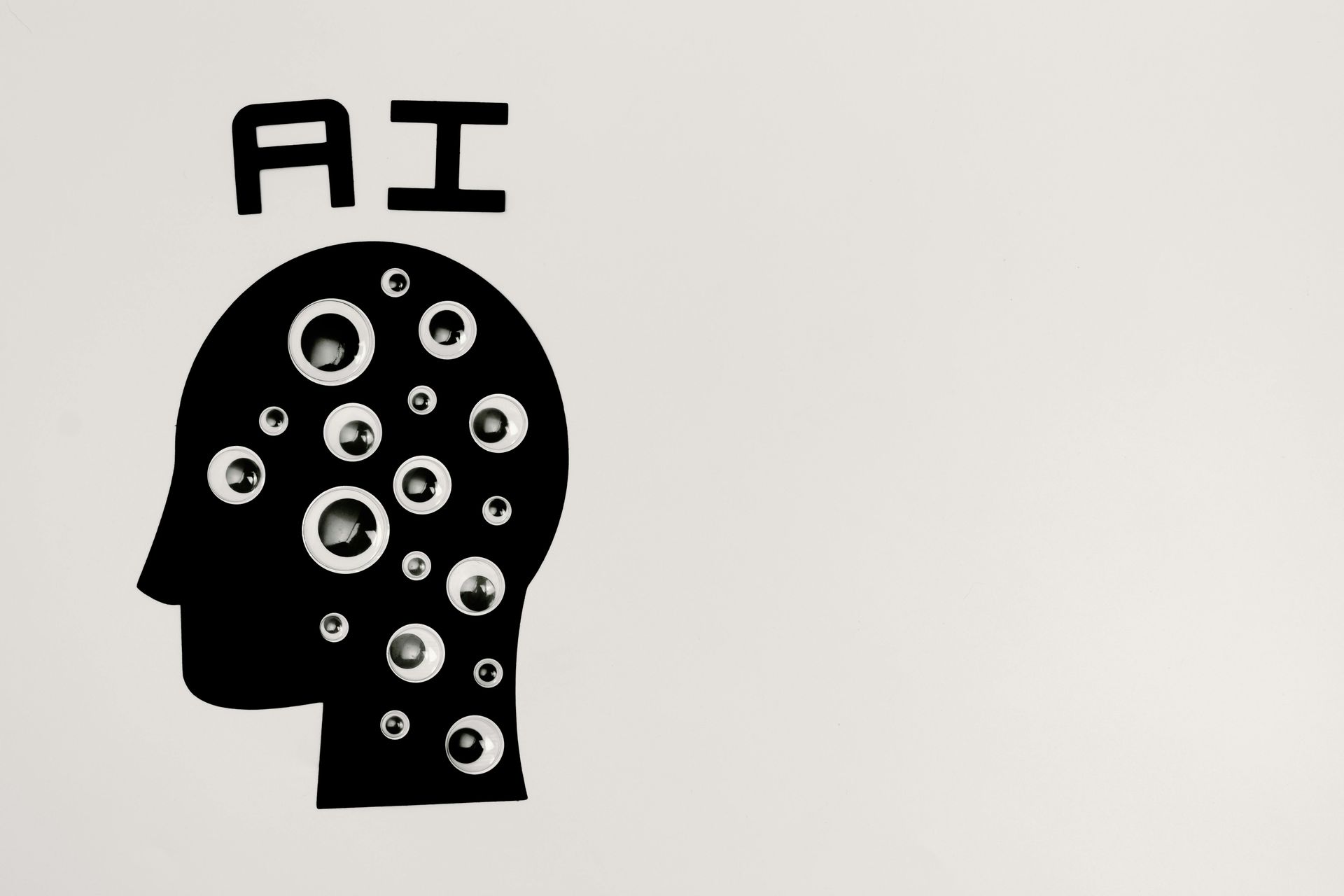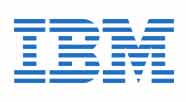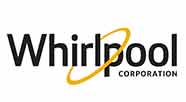4 Elements to Consider While IoT Onboarding
IoT stands for Internet of Things. It refers to the network of sensors and other electronic items that are connected physically and enabled to send data over other systems and internet. IoT helps in seamless communication between various systems easily. IoT enables to collect and transmit data with minimal human intervention. The transition to IoT will be done in a time effective manner while considering some elements, lets dive into them.
To Onboard an IoT device it must be connected to the local network and internet so that it can perform the needed tasks, then should be connected to the specific application device that it will use. In addition to this, security and configuration must also be carried out for seamless transition.
For successful onboarding the below elements are to be considered:
- Plan for data storage & usage – IoT devices don’t have built in data storage facility so the admins should make sure that there should be a provision to store the data, like a cloud facility or a storage device in the premises. They should decide the type of storage to go forward with. Most of the company data are confidential and access to that by common users can be a form lead to violation and hence the device should be secured.
2. Automate device onboarding & provisioning- IoT admins can use APIs, fleet provision devices and zero touch provisioning capabilities. These provisions reduce the deployment time of IoT device, but they do come with challenges. Zero touch provisioning can setup and automatically configure the device without manual intervention, but the admins should be aware of the possible security threats and configuration issues.
3. Using enterprise IoT software for device management- Enterprise IoT software contains all the information about devices, network use, authorization and access. It can also track the permission for each device and enforce security protocols. They can also allow/restrict the installation of other applications. Above all they give the IT admins insight on how the infrastructure runs. With real time data and alerts, they can also know when a device goes offline.
4. Set the needed security levels- The security of IoT devices are usually feeble and its upto IT admins to make it more secured. After the provisioning assign the devices with new passwords and certificates. Take time to set the passcode for needed devices and understand which devices need role-based access so that only the particular person can access it.
Once all the devices are provisioned and integrated with IoT management software, set up automatic security and application updates for new devices. Devices should also have the provision to track incase an individual misplaces the device.

